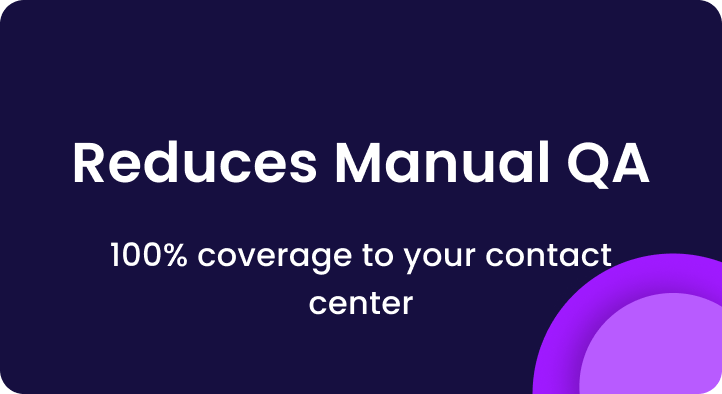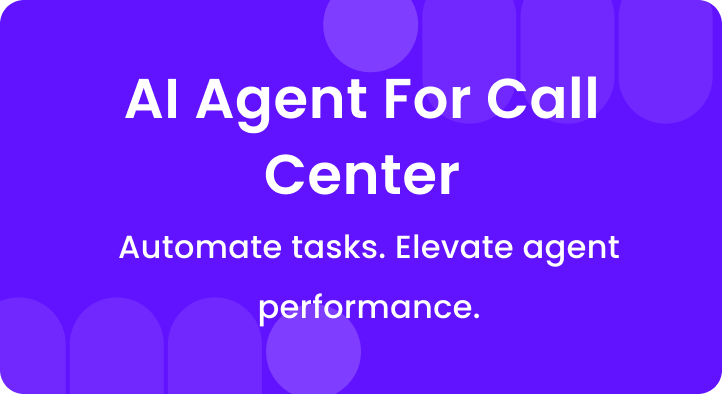What makes a successful call center?
A big office? Lots of agents? High call volumes?
No!
It’s the ability to meet the customers’ expectations with the best level of customer service.
And, what’s the secret of consistently delivering excellent customer service?
Undoubtedly, it’s contact center optimization.
From boosting CSAT rates to decreasing AHT, reducing operational costs, lowering abandonment rates, enhancing agent training, and more, investing continuously in call center optimization helps you in numerous ways to take your call center business to the next level.
According to a survey by Epsilon and GBH Insights: “80% of consumers are more likely to do business with a company that offers personalized experiences.
Moreover, 67% of customers expect a resolution within three hours.
Modern customers have higher customer support expectations than ever, and it’s difficult for call centers to meet those expectations.
That’s why you need an effective strategy to overcome challenges that are stopping your call center from going from average to excellent.
And what’s better than optimizing your contact center performance?
So, what exactly is contact center optimization? What are the key strategies to optimize call centers? And how can you get started right away?
Keep reading to find answers to all your questions.
A. What is call center optimization?
Call center optimization is all about making your call center run smoother, faster, and better.
It’s a process where you refine and improve every part of your operations to boost efficiency, elevate customer satisfaction, and empower your agents.
Contact center optimization is all about:
- Employing the most suitable people: Your team is at the heart of your call center. This includes everyone from senior executives setting goals to call center managers overseeing daily operations, and the customer service representatives who interact directly with customers.
- Implementing the best processes: This involves refining workflow improvement and procedures to make things run more smoothly. It means streamlining how tasks are done to ensure that everything is efficient and effective.
- Using the right tools: Using the right technology is crucial. This includes call transcription and monitoring software, CRM systems, agent coaching software, and contact center analytics tools that help you manage interactions and gather insights.
Through call center optimization, you can improve not just your daily operations but also employee engagement, hiring and training processes, scheduling, and overall customer interactions.
B. Current challenges in contact center management
Managing a contact center comes with its own set of hurdles.
Addressing these challenges effectively is key to optimizing your operations and delivering exceptional customer service.
Here’s a look at the most pressing issues of today’s call center.
1. Agent burnout and attrition
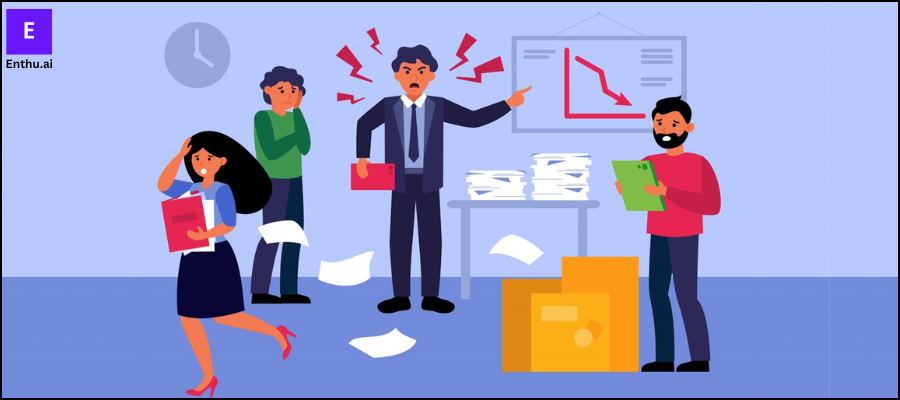
Burnout and high attrition rates are significant challenges in call centers.
According to a recent Salesforce report, 77% of call center agents report handling increased and more complex workloads, while 56% experience burnout.
This results in frequent turnover, which can disrupt service continuity and increase recruitment costs.
2. Low First Contact Resolution (FCR) Rates
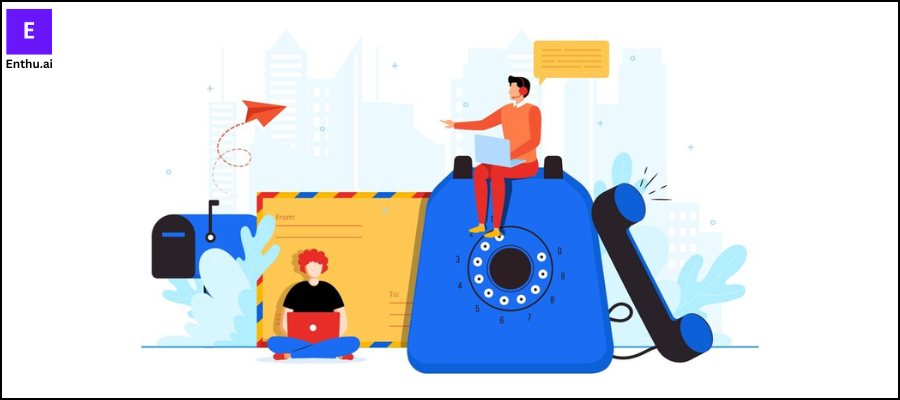
Low FCR rates impact customer satisfaction and operational efficiency.
Studies show that only 68% of calls are resolved on the first contact, leading to repeated customer interactions and increased frustration.
This inefficiency can negatively affect the overall customer experience and increase call handling time.
3. High Call Volumes
Handling high call volumes strains resources and impacts service quality.
Over half (55.4%) of contact centers experienced a rise in phone calls between 2022 and 2023.
This high call volume often leads to overwhelmed agents and longer wait times.
This can degrade customer satisfaction and impact agent morale.
4. Long call wait times
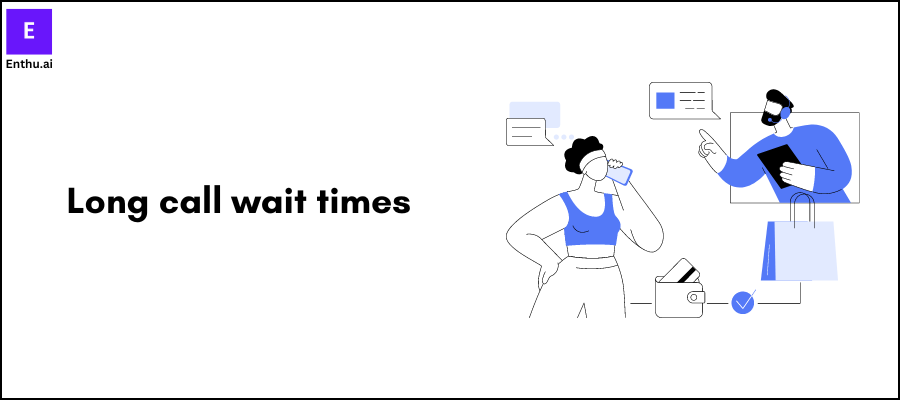
Extended wait times are a common issue that frustrates customers and diminishes service quality.
According to recent data, nearly 60% of callers wouldn’t wait on hold for more than a minute.
And in five minutes, over 90% of them would hang up altogether.
These long wait times can result in lost business and decreased customer loyalty.
5. Lack of personalized interactions
Generic interactions fail to meet customer expectations for personalized service.
Without access to detailed customer profiles and history, agents may struggle to provide relevant solutions.
These impersonalized interactions impact customer satisfaction and increase call duration.
6. Lack of collaboration between agents
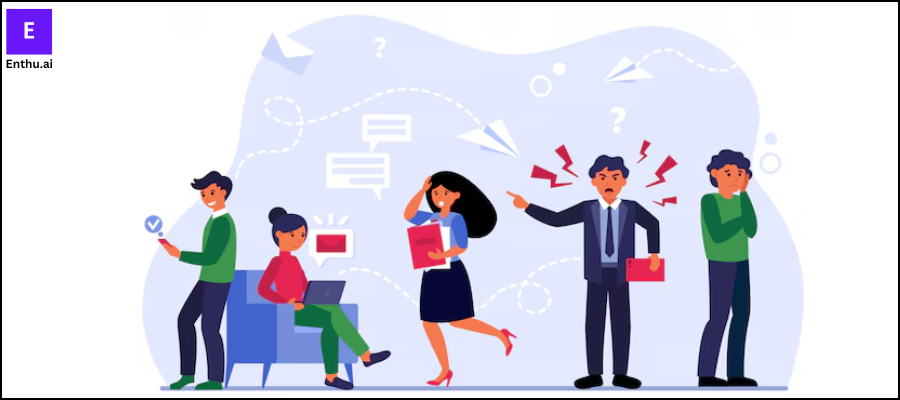
Poor collaboration among agents can lead to inconsistent service and information gaps.
When agents don’t share insights or best practices, it can result in duplicated efforts and inefficiencies.
It affects the overall effectiveness of the support team.
7. Outdated technology
Using outdated technology can hinder performance and limit capabilities.
Even today, many call centers still rely on legacy systems that lack advanced features like AI-driven analytics and omnichannel support.
It reduces call centers’ ability to adapt to modern customer needs and improves call center efficiency.
C. Key strategies for optimizing contact centers
1. Leveraging AI and Automation
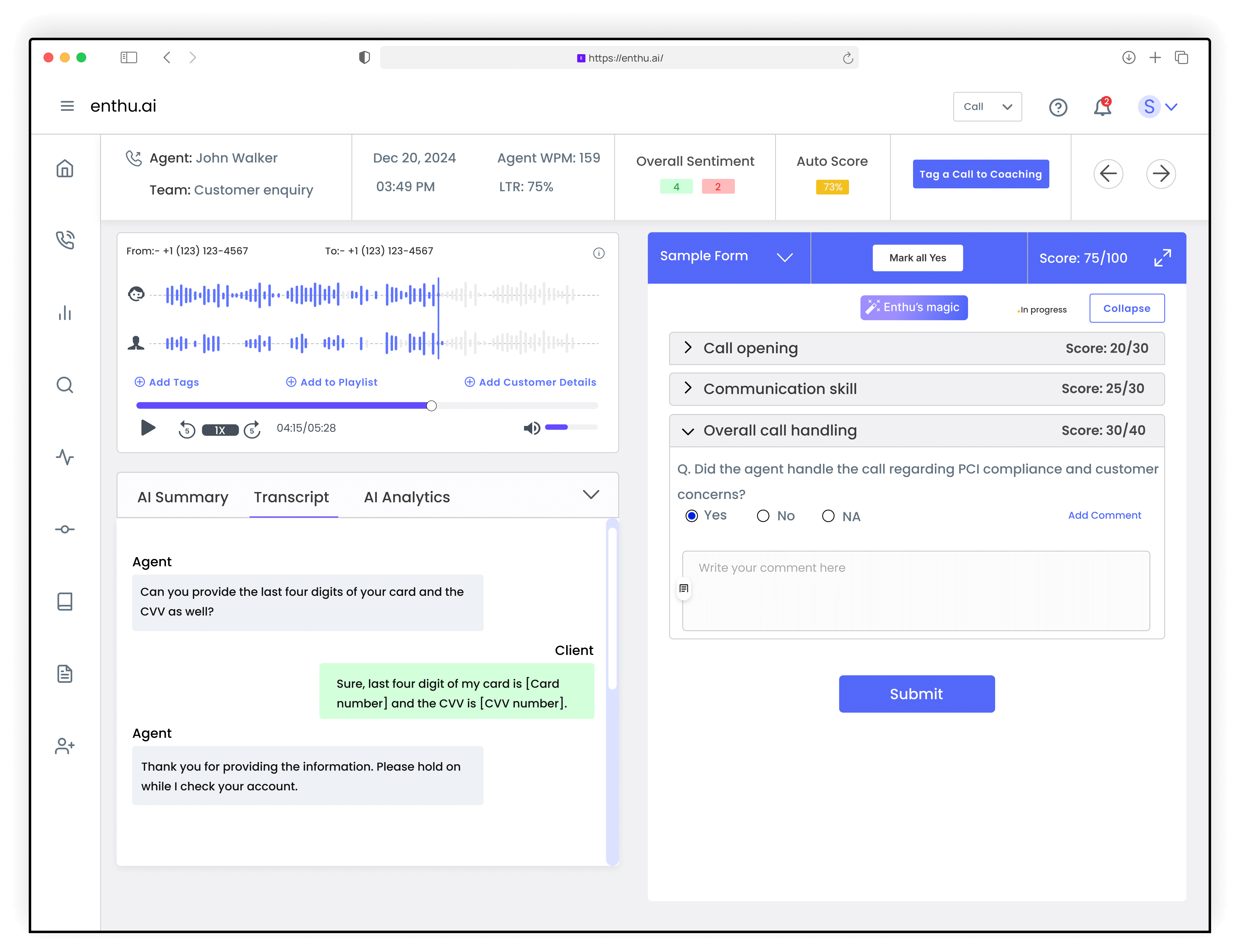
Gartner projects that one in 10 agent interactions will be automated by 2026.
By incorporating AI-powered tools, you can automate repetitive tasks like call routing and data entry, freeing up your agents to focus on more complex issues.
Automation can also help in managing high call volumes, ensuring that no customer is left waiting.
For example, chatbots can handle routine inquiries, while AI systems analyze call patterns to predict peak times and adjust staffing accordingly.
Moreover, AI tools’ call transcription, call monitoring, and speech analytics features help optimize agent workloads.
Embracing these technologies streamlines operations and improves the overall customer experience by reducing wait times and errors.
2. Improved agent training

Hiring the right people is the first step, but continuous training is key.
Start by incorporating gamification into your training—using contests and role-play can make learning engaging and practical.
Focus on areas where agents need improvement by analyzing their performance through recordings and reports, and address any knowledge gaps by providing additional resources and support.
Regularly update your agents on new products, technologies, and best practices.
Offer ongoing feedback—both positive and constructive—to help them grow.
Use sales agent training software and data analytics to identify patterns and guide your training efforts, ensuring that agents can handle customer interactions confidently and efficiently.
This approach not only boosts performance but also enhances overall customer satisfaction.
3. Data-driven decision-making
Collecting and analyzing critical metrics like call volume, resolution times, customer satisfaction, agent productivity and agent performance helps you optimize your call center.
This data helps you spot trends, forecast demand, and make informed decisions about staffing, training, and process improvements.
Moreover, predictive analytics can also be especially useful, as it analyzes past data to predict future call volumes and peak times.
It allows you to adjust staffing and resources proactively.
Make sure your tools offer actionable insights and real-time dashboards to track customer behavior and operational efficiency.
By leveraging these insights, you can enhance your decision-making, improve performance, and deliver a better experience for both your customers and agents.
4. Omnichannel integration
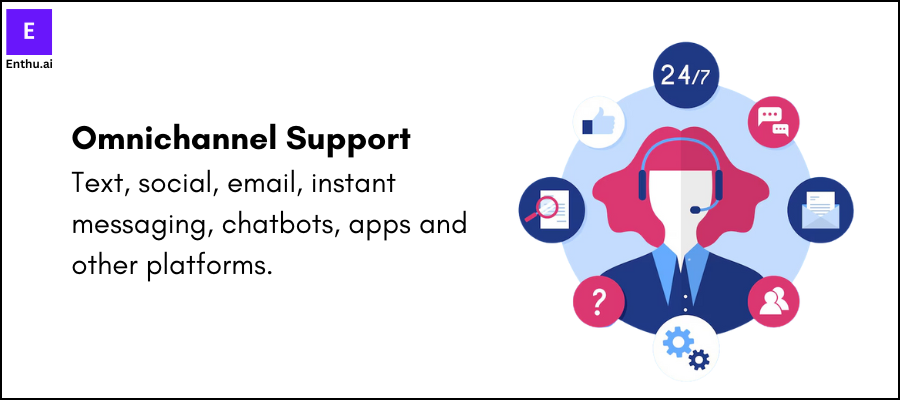
According to Deloitte, over 75% of call centers offer support across multiple channels.
Customers expect to interact with you through their preferred channels—whether that’s phone, email, chat, or social media—without losing service quality.
With omnichannel integration, you unify these communication channels.
It ensures that customers receive consistent and personalized service no matter how they reach out.
For example, if a customer starts a chat on your website but needs to switch to a phone call, they shouldn’t have to repeat themselves.
This smooth transition enhances convenience and efficiency, leading to higher customer satisfaction.
By integrating all your communication channels, you improve the overall experience for your customers and make your contact center operations more effective.
5. Self-service tools
Implementing self-service tools, such as FAQs, knowledge bases, and interactive voice response (IVR) systems, empowers customers to find answers and resolve issues on their own, without needing to speak to an agent.
By offering self-service options, you reduce the number of routine inquiries that reach your agents, allowing them to focus on more complex issues.
This speeds up resolution times for customers and improves their overall experience by providing instant access to information.
Ensure your self-service tools are easy to use and regularly updated to meet customer needs effectively.
D. Technology trends driving contact center optimization
These advancements can significantly enhance efficiency, improve customer interactions, and streamline operations.
Here are seven key technology trends that are transforming contact centers and driving optimization:
1. Call center CRM software
CRM systems centralize customer data and interactions, helping you manage and streamline communication across various channels.
With a CRM, you can easily track customer histories, preferences, and past interactions, allowing your agents to provide more personalized and effective service.
2. Contact center as a service (CCaaS)
CCaaS offers cloud-based solutions for all your contact center needs, from call routing to analytics.
This flexibility allows you to scale operations easily, manage costs effectively, and ensure high-quality service across all customer touchpoints.
3. Data analytics and reporting
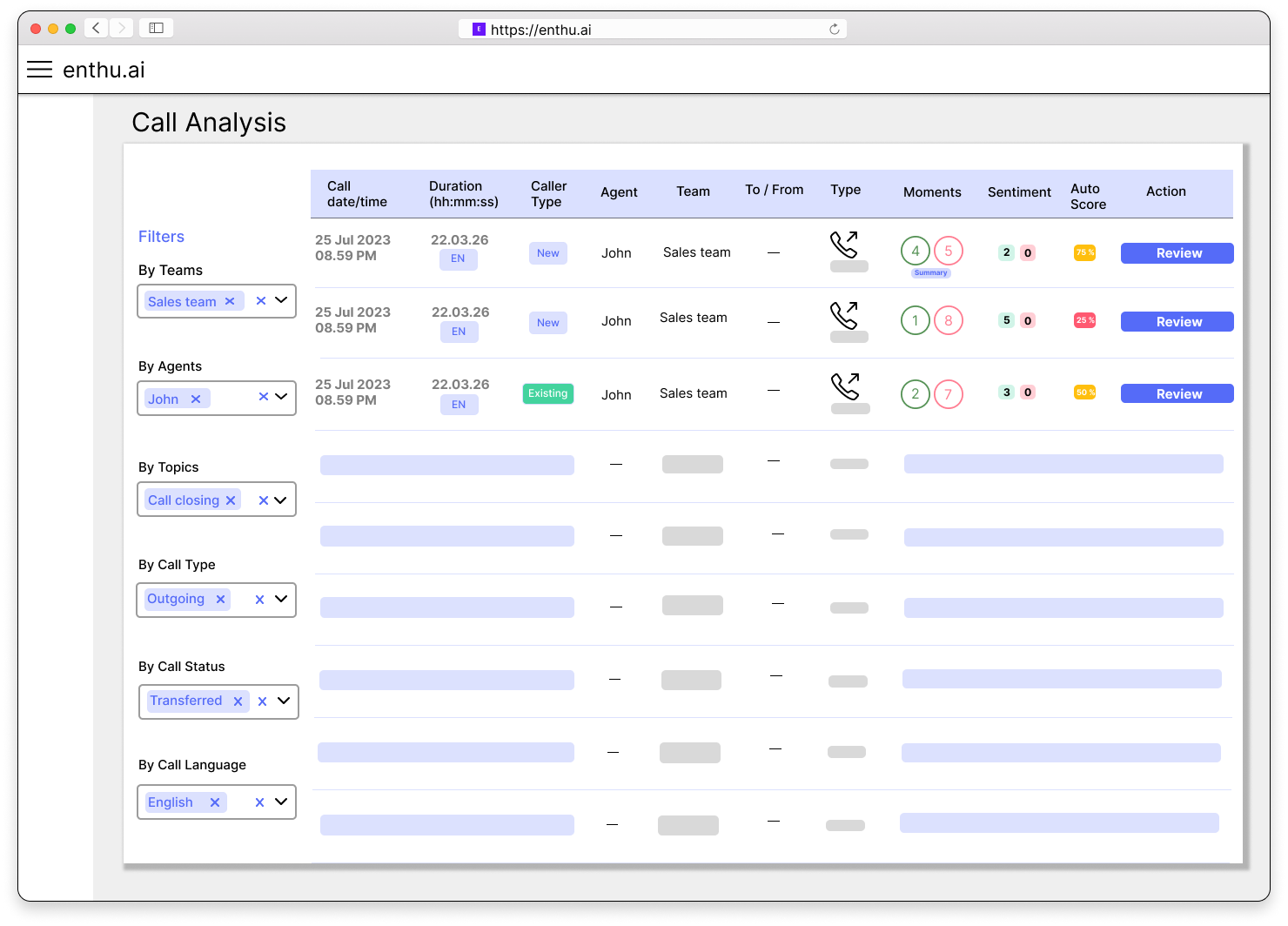
Data analytics tools provide insights into call center performance, such as call volume and customer satisfaction.
By analyzing this data, you can identify trends, forecast demand, and make informed decisions to improve operations and enhance customer experience.
4. Artificial intelligence (AI)
Today, AI is automating routine tasks in many significant ways, providing real-time insights and optimizing contact centers.
Below are some fantastic contact center AI tools that are making it all happen.
- Conversational intelligence
- Automated call monitoring
- Chat analysis
- Agent coaching
- Quality assurance
- Call routing and intelligence IVR
- Chatbots & virtual assistants
Want to read about each technology in detail? Read our article 7 Best AI Tools for Contact Centers in 2024.
AI tools reduce your agents’ workload and speed up response times, leading to more efficient and effective customer service.
5. Interactive voice response (IVR)

IVR systems use pre-recorded voice prompts to interact with callers and direct them to the right department or offer self-service options.
This call center automation helps manage high call volumes and reduces the need for live agents, saving both time and costs.
6. Automatic call distribution (ACD)
ACD technology intelligently routes calls based on criteria like agent skills and customer needs.
This ensures that each call is directed to the most qualified agent, improving response times and the quality of customer interactions.
7. Knowledge management systems (KMS)
KMS stores and organizes important information such as FAQs and troubleshooting guides.
These systems empower your agents to access accurate information quickly, leading to faster problem resolution and improved customer satisfaction.
E. Enthu.AI: Optimize your contact center with the right AI technology
Are you still manually monitoring your sales calls or struggling to coach your agents effectively?
With Enthu.AI, you can automate your call center operations, boost agent performance, and improve customer satisfaction—all without the grunt work.
Enthu.AI uses advanced AI technology to capture, analyze, and provide insights from customer conversations across multiple channels.
From monitoring call quality to coaching your agents into rockstars, Enthu.AI streamlines the entire process.
Whether you’re dealing with sales, support, or customer feedback, we make sure every conversation is optimized to increase revenue, reduce churn, and improve customer experience.
Ready to see the impact of AI in your contact center?
Get started with a 14-day free pilot—no credit card, no commitments.
Conclusion
Optimizing your contact center might seem straightforward, but there’s a lot more beneath the surface that can make a big difference.
It’s about knowing what your call center truly needs, using the right technology, prioritizing agent training, and adopting customer-focused strategies that elevate the entire experience.
By focusing on data security, tracking performance, and scaling your operations effectively, you can build an efficient and welcoming call center that consistently delivers.
Stay organized. Empower your team. Gain insights into every aspect of performance.
Still in doubt about how to get started! Let us know! We’re happy to help you.
Contact one of our AI experts today!
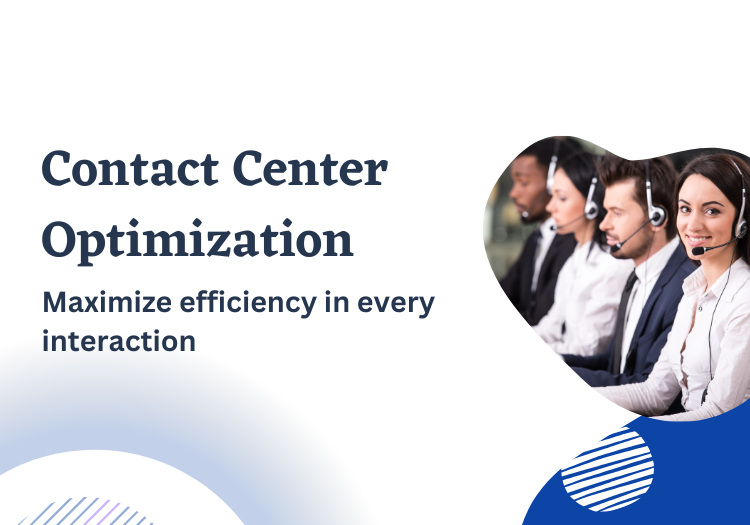
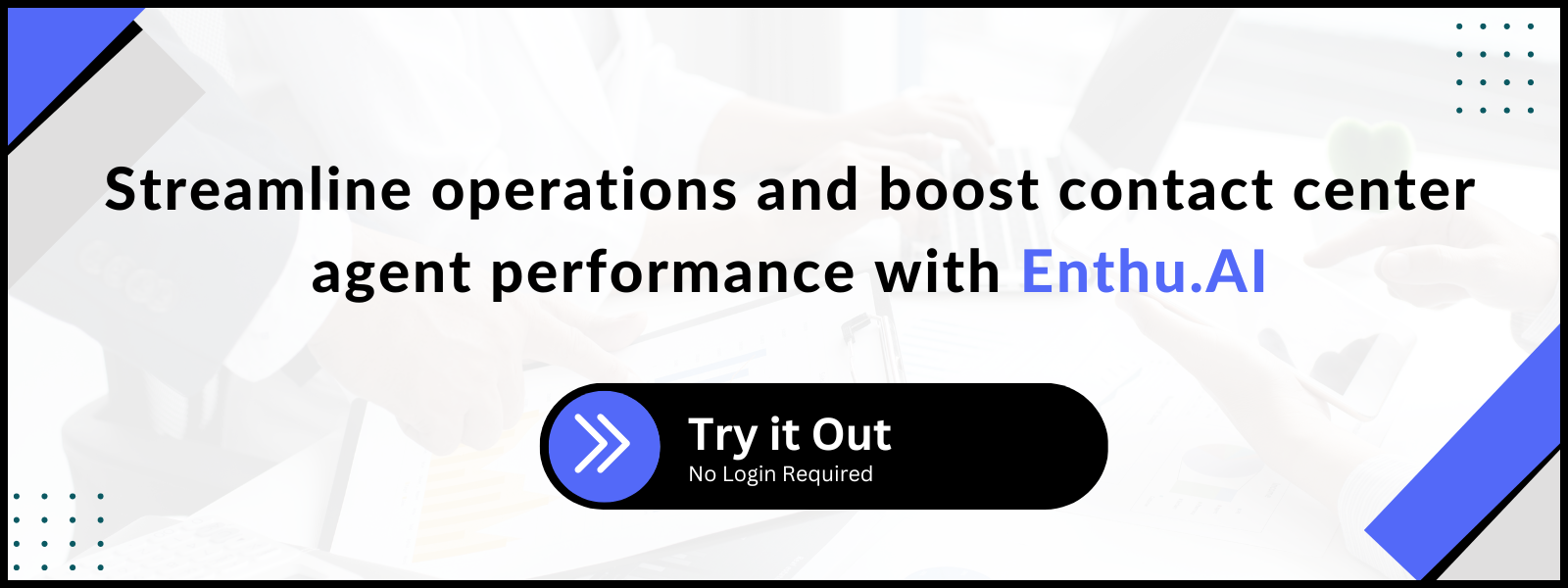


 On this page
On this page